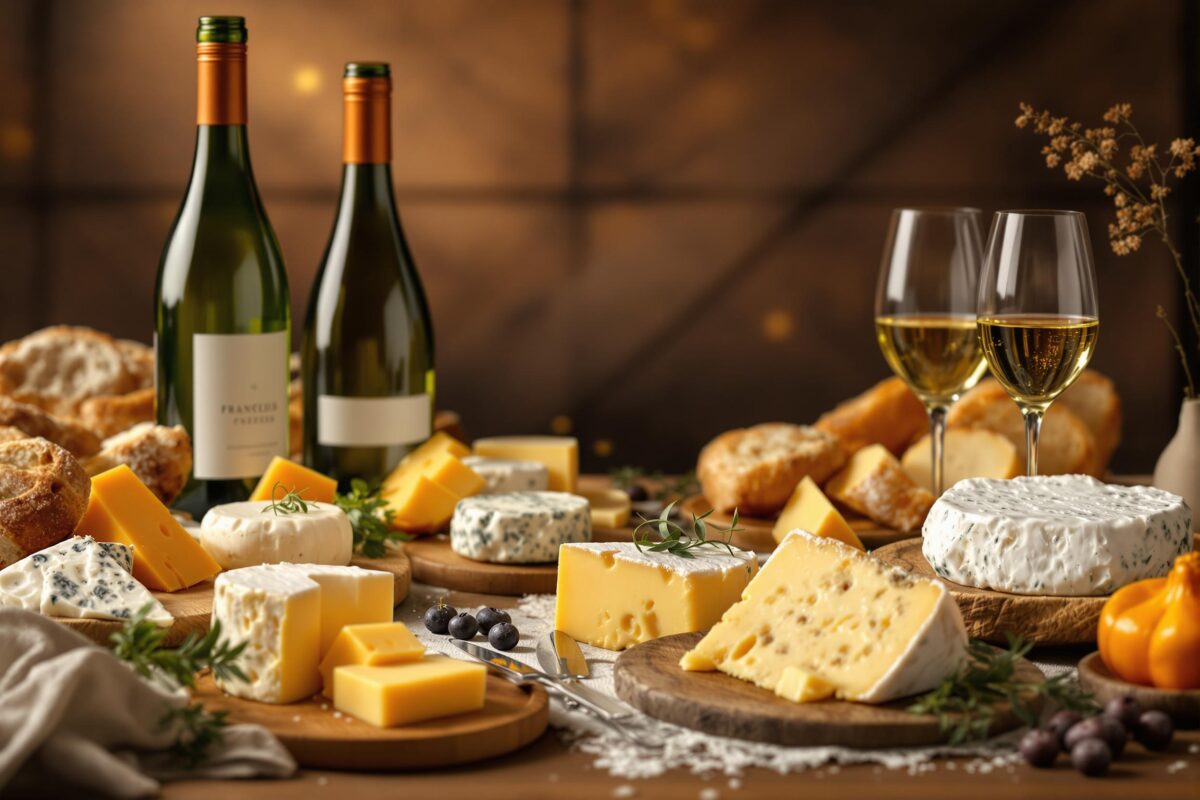The Art of Pairing: Cultural Origins and French Influence
Wine and cheese pairing, enjoyed across cultures, finds its most refined expression in French culinary traditions. The co-existence of vineyards and dairy farms in France fostered a natural inclination to combine local wines and cheeses. This geographical proximity, influenced by terroir—the environmental factors affecting taste—led to the development of regional pairings.
French cuisine emphasizes balance and complementarity, seeking pairings that elevate the overall sensory experience. Wine and cheese are integral components of a meal, not merely separate entities. The French influence on global pairing is undeniable, with centuries of expertise codified into principles now adopted worldwide.
Trend Analysis: Emerging Pairing Practices
Emerging trends build upon regional French expertise while embracing innovation. Modern sommeliers explore unconventional pairings, moving beyond strictly regional combinations to discover exciting new flavor profiles. This acknowledges the evolving palate of consumers and the wider range of French cheeses and wines globally.
- Deconstructed Regional Pairings: Analyzing classic French pairings (Sancerre with goat cheese, Époisses with Burgundy) to identify key flavor components and apply these insights to non-regional pairings.
- Cross-Regional Exploration: Experimenting with French cheeses and wines from different regions (e.g., Loire Valley Sauvignon Blanc with a Normandy cheese). Imagine the possibilities!
- Global Cheese and French Wine: Pairing international cheeses with French wines, leveraging French tasting techniques.
- Sensory Focus: Emphasizing texture, aroma, and flavor nuances.
These emerging practices redefine the gourmet experience, offering adventurous, personalized wine tasting journeys.
In-Depth Dive: The Science of Flavors
Mastering pairing requires understanding the science of flavors—taste, aroma, and texture. Wine and cheese, both with intricate profiles, interact in various ways when paired.
The Science Behind Flavor Interactions
Flavor interactions are governed by chemical compounds. Acidity cuts through richness, while tannins can complement or clash with cheese depending on protein and fat content. Saltiness can enhance fruitiness. For example, lactic acid in French cheeses pairs well with malic acid in some white wines, creating a refreshing balance.
Contrasting and Complementary Pairings
Contrasting pairings balance intensity and texture. Pungent blue cheese with sweet dessert wine creates a delightful contrast. Mimolette with Muscadet offers another example. Complementary pairings amplify similar notes, like earthy Pinot Noir with mushroomy aged cheeses, or Camembert with Champagne.
Innovative Techniques: Breaking Tradition
Sommeliers, at the forefront of innovation, explore creative matches that break boundaries. They leverage their knowledge to develop pairings that surprise and delight, considering less conventional wine styles and cheese types.
Sommelier-Driven Innovation
Sommeliers drive innovation through extensive knowledge, active experimentation, engagement with producers, and consumer education. They are the guides to new gourmet experiences.
Unconventional Pairings for the Adventurous
Unconventional pairings might involve aged Gouda with Tawny Port, spicy Gewürztraminer with Munster, orange wines with washed-rind cheeses, or dry rosés with sheep’s milk cheeses—expanding the gourmet experience.
Visual Comparisons: Charts and Infographics
Visual aids like interactive charts and infographics enhance accessibility, making the gourmet experience approachable for all. Charts categorize cheeses and wines, offering pairing suggestions. Infographics visually summarize key concepts, regional pairings, and expert tips.
Utilizing Pairing Charts
Pairing charts are valuable resources, categorizing cheeses and wines by type and style. Interactive charts allow filtering by characteristics, generating tailored recommendations, simplifying wine and cheese selection.
Infographics: A Visual Guide
Infographics communicate key information about wine and cheese pairing in a visually engaging way, illustrating regional pairings, highlighting flavor science, and presenting expert tips. They make learning about French cheeses and wine styles more accessible.
Practical Tips: Mastering Pairing
Mastering pairing involves considering texture, age, and terroir. These elements are crucial determinants of successful pairings.
Texture and Wine Pairing
Creamy cheeses often pair well with acidic wines. Firm cheeses complement medium-bodied reds or fuller whites. Crumbly cheeses might pair with lighter whites or rosés.
Age and Wine Selection
Young cheeses pair well with light wines, while aged cheeses require wines with greater depth. Aged cheddar with Cabernet Sauvignon, or Parmesan with a full-bodied Italian red, are examples.
Terroir’s Impact
Terroir—soil, climate, geography—influences both wine and cheese. Regional French pairings like Sancerre with goat cheese or Époisses with Burgundy exemplify this principle. Terroir underscores the connection between food and place.
Mastering wine and cheese pairing blends cultural tradition, science, and innovation. By considering flavor science, embracing contrasts and complementary pairings, and leveraging practical tips, enthusiasts can elevate their wine tasting and cheese appreciation.
Embark on your own pairing adventure! Explore the world of wine and cheese and unlock a harmonious gourmet experience.
